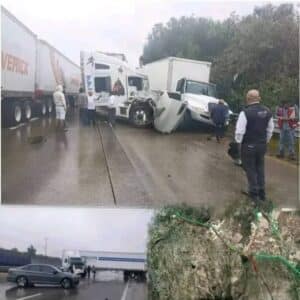When 17-year-old Daniel didn’t come home one evening, his family knew something was wrong. He had planned to meet a friend in the suburbs, then head back together — but he never showed. Calls went unanswered. He was the kind of teen who never caused worry, which made the silence even louder.
By nightfall, police were called. Search teams and volunteers combed the nearby woods near an old dam, a dense, marshy area full of thick reeds and hidden paths. Drones scanned from above, divers searched the water, and rescue teams trudged through the muck. Days passed — with no trace.
Then, on the seventh day, someone spotted a shred of red fabric in the grass. It was Daniel. He lay curled on his side, motionless, his leg caught in a rusted hunting trap buried in the underbrush — a cruel relic of the past.
Around him, the earth told a silent story: branches broken, scratches on bark, clumps of grass pulled up in pain. He had fought. He had screamed. But out there, there was no signal. No help. And slowly, the strength left him.
When the officers arrived, even the most seasoned among them broke down. One turned away, wiping tears from his face.
“He was here the whole time,” someone whispered. “We searched this spot on the first day… and passed it by.”
The town has been grieving ever since. Locals have turned the site into a memorial, leaving flowers by the dam — a quiet tribute to a life gone too soon and a heartbreaking reminder of what was missed.




